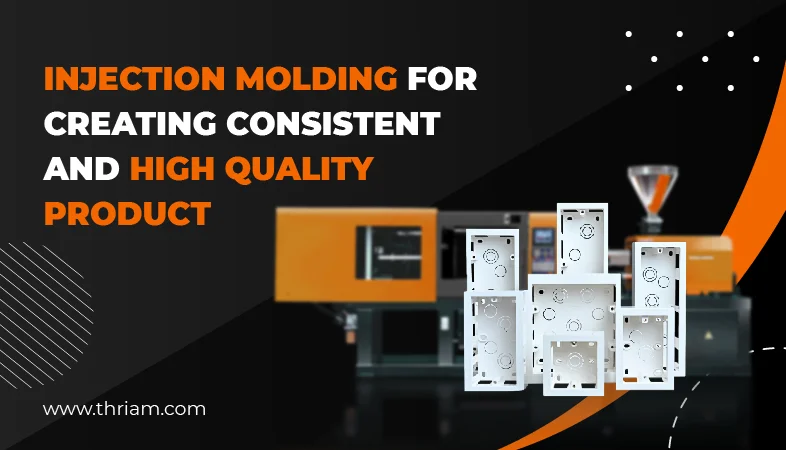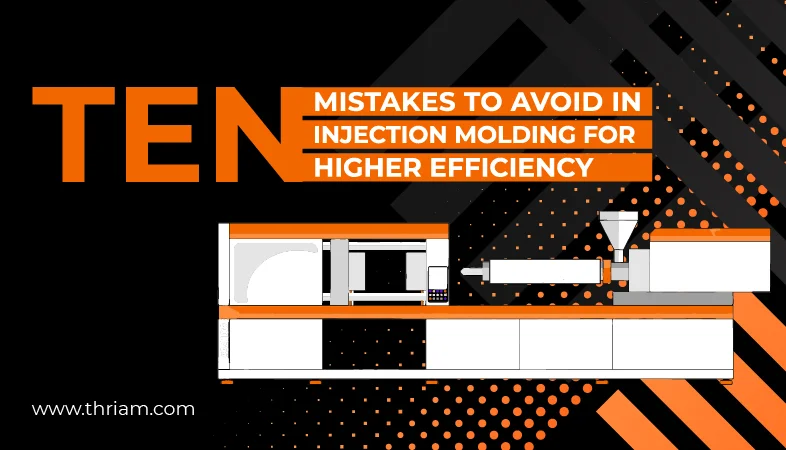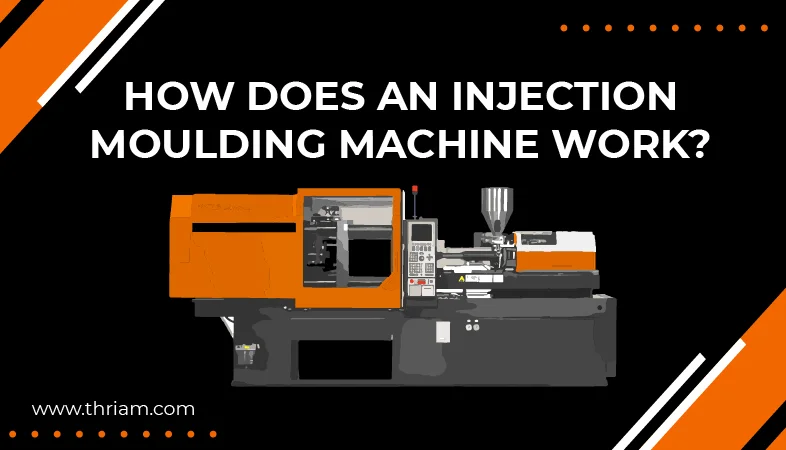From Manual to Automated: The Transformation of Injection Moulding
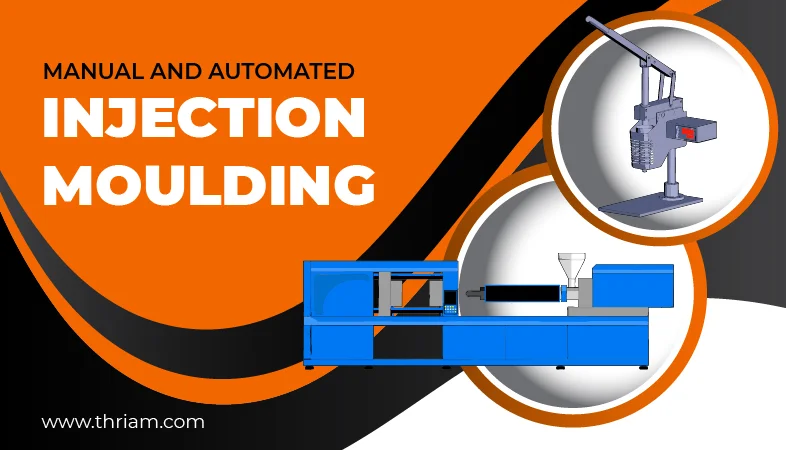
Introduction
Injection moulding is a crucial manufacturing process used to produce a wide range of plastic products. It involves injecting molten plastic material into a mould where it cools and solidifies, resulting in the desired shape and form. Injection moulding has played a significant role in the manufacturing industry due to its versatility, efficiency, and cost-effectiveness.
Manual Injection Moulding
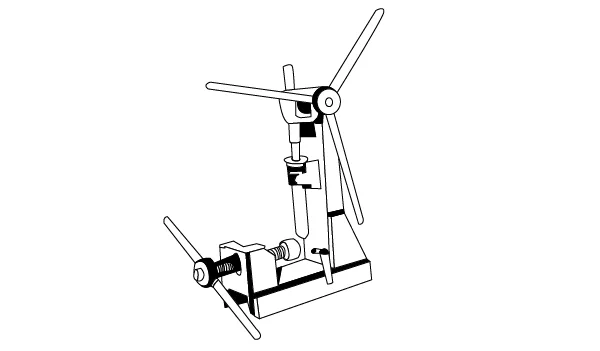
In the early days of injection moulding, the process was entirely manual. Skilled operators would manually load plastic pellets into a hopper, heat them until they melted, and then inject the molten plastic into a mould using a manually operated plunger or lever. This process required human intervention at every stage, including mould preparation, material handling, and part ejection.
Despite its limitations, manual injection moulding offered some advantages. It was more accessible for smaller manufacturers and allowed for more customization and flexibility compared to automated processes. However, it was labor-intensive, time-consuming, and prone to human errors and inconsistencies.
Introduction of Automation in Injection Moulding
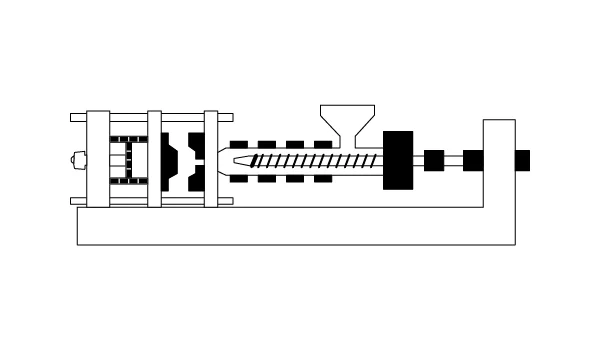
The need for increased productivity, precision, and cost-saving options in injection moulding led to the introduction of automation in the process. Automated machinery and equipment were designed to streamline the injection moulding process, reduce human intervention, and enhance overall efficiency.
Automation in injection moulding brought forth numerous benefits. Automated machinery ensured consistent and repeatable processes, improved production speed, reduced material waste, lowered labor costs, and enhanced product quality. Moreover, automated systems allowed for easy integration with other manufacturing processes, creating a more seamless production line.
Automated Injection Moulding Processes
Automated injection moulding processes revolutionized the industry by introducing advanced technologies and principles. Automated machinery made use of hydraulic or electric systems to control the injection process, as well as robotics to handle moulding, material handling, and part ejection.
These automated processes made use of computer-controlled systems, which allowed for precise control of key parameters such as temperature, pressure, and injection speed. Additionally, the introduction of advanced technologies like gas-assisted injection moulding and multi-material injection moulding enhanced product design and functionality.
The advantages of automated injection moulding processes were significant. They allowed for increased production rates, improved product consistency, minimized material waste, enhanced worker safety, and reduced overall production costs. Manufacturers could achieve higher levels of productivity and output while maintaining strict quality control standards.
Evolution of Injection Moulding: Manual to Automated Processes
The transition from manual to automated injection moulding processes marked a significant evolution in the industry. While manual processes provided flexibility and customization, the need for increased efficiency and productivity propelled the adoption of automation. Today, the majority of injection moulding processes are automated or semi-automated.
Several factors contributed to the transition to automated processes. The demand for higher production volumes, improved precision, and cost-effectiveness were key driving factors. Additionally, advancements in technology, such as the development of high-performance materials and sophisticated control systems, made automation more viable and attractive for manufacturers.
Companies that adopted automation experienced improved production rates, reduced cycle times, minimized defects, and increased profitability. These success stories serve as indicators of the positive impact automation can have on injection moulding.
Comparison between manual and automated injection moulding
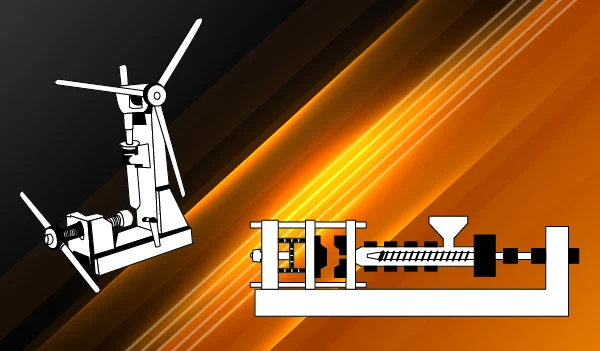
Manual injection moulding involves a skilled operator who manually handles each step of the process. This includes loading plastic pellets into a hopper, heating them until they melt, and injecting the molten plastic into a mould using a manually operated plunger or lever. While manual injection moulding allows for more flexibility and customization, it has several limitations.
One of the main drawbacks of manual injection moulding is its labor-intensive nature. Skilled operators are required to handle each stage of the process, which can be time-consuming and costly. Moreover, human intervention introduces a higher risk of errors and inconsistencies, leading to variations in product quality.
On the other hand, automated injection moulding involves the use of machinery and robotics to handle the process. Automated systems can perform tasks such as material handling, mould preparation, injection, and part ejection with minimal human intervention. This results in increased efficiency, productivity, and consistency.
One of the key benefits of automated injection moulding is the reduction in production time. Automated systems can operate continuously, without the need for breaks or rest periods, resulting in faster cycle times and higher production rates. This allows manufacturers to meet increased demand and reduce lead times.
In terms of quality control, automated injection moulding offers improved consistency and precision. Computer-controlled systems ensure precise control over key parameters such as temperature, pressure, and injection speed. This leads to uniform product quality and minimizes defects and inconsistencies.
Additionally, automated injection moulding reduces the risk of workplace injuries. By eliminating the need for manual handling of materials and operating heavy machinery, the safety of workers is improved. This can lead to a safer and more productive manufacturing environment.
Although automated injection moulding offers numerous advantages, there are some challenges to consider. Implementation costs, equipment maintenance, and employee training are factors that need to be considered when transitioning to automation. However, advancements in technology and increased access to automation solutions have made these challenges more manageable.
Impact of Automated Injection Moulding
The impact of automated injection moulding processes on the manufacturing industry cannot be overstated. Increased efficiency and productivity are notable benefits. Automated systems allow for continuous operation, reduced downtime, faster cycle times, and higher output rates. Additionally, automation reduces errors and defects, resulting in improved product quality and customer satisfaction.
Automation also brings significant cost savings. Labor costs are minimized due to decreased manpower requirements, and material waste is reduced through better control and optimization. Furthermore, automated processes enable manufacturers to respond quickly and effectively to market demands, leading to improved profitability and competitiveness.
Challenges and Future Trends
Although the benefits of automation are undeniable, the transition from manual to automated injection moulding processes is not without its challenges. Implementation costs, equipment maintenance, and employee training are some of the challenges manufacturers face. However, advancements in technology and increased access to automation solutions have mitigated many of these hurdles.
Looking ahead, several future trends are expected in automated injection moulding. Integration with Industry 4.0 concepts, such as the Internet of Things (IoT) and artificial intelligence, will further enhance automation capabilities. Additionally, the development of eco-friendly materials and sustainable manufacturing practices will shape the future of injection moulding.
Conclusion
The evolution of injection moulding, from manual to automated processes, has transformed the manufacturing industry. Automation has provided manufacturers with increased efficiency, improved productivity, higher quality products, and reduced costs. As technology continues to advance, automation will play an even more significant role in the future of injection moulding, driving innovation and delivering new possibilities for product design and manufacturing.
